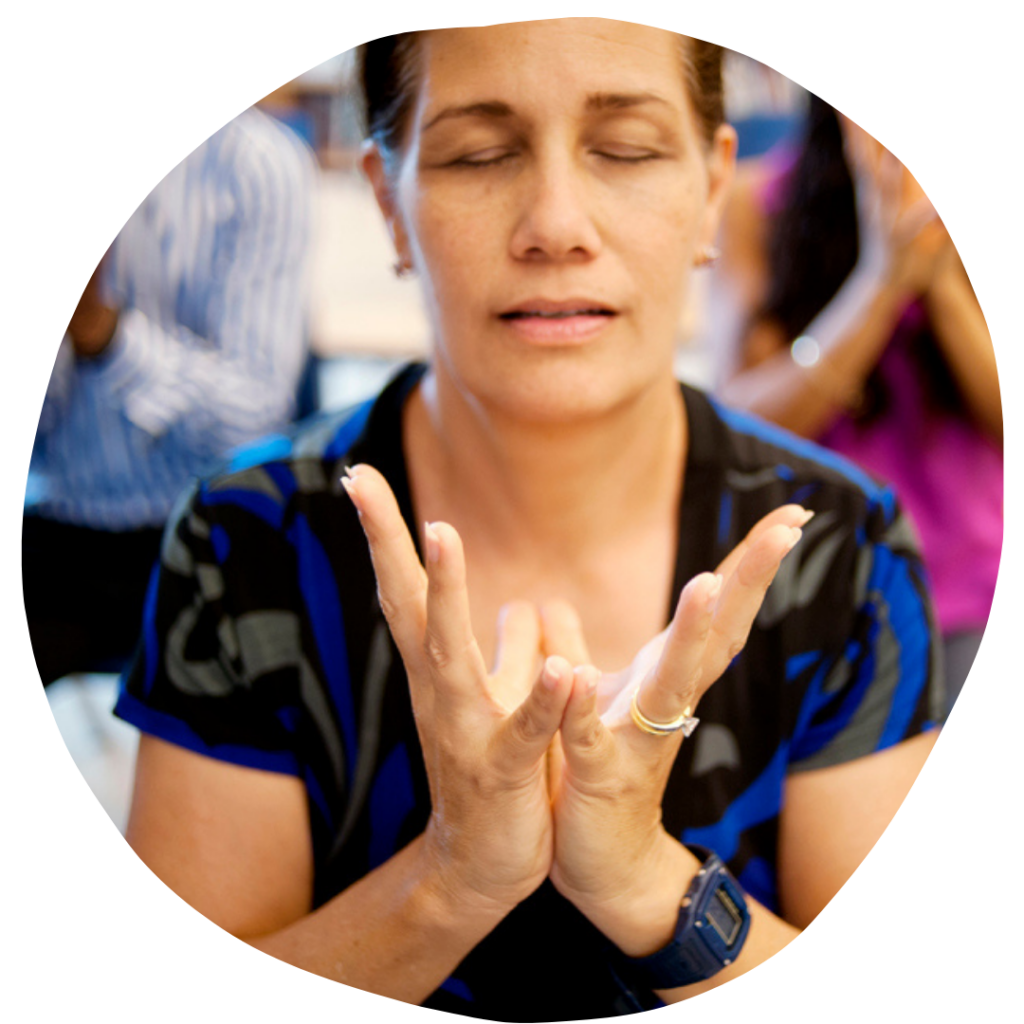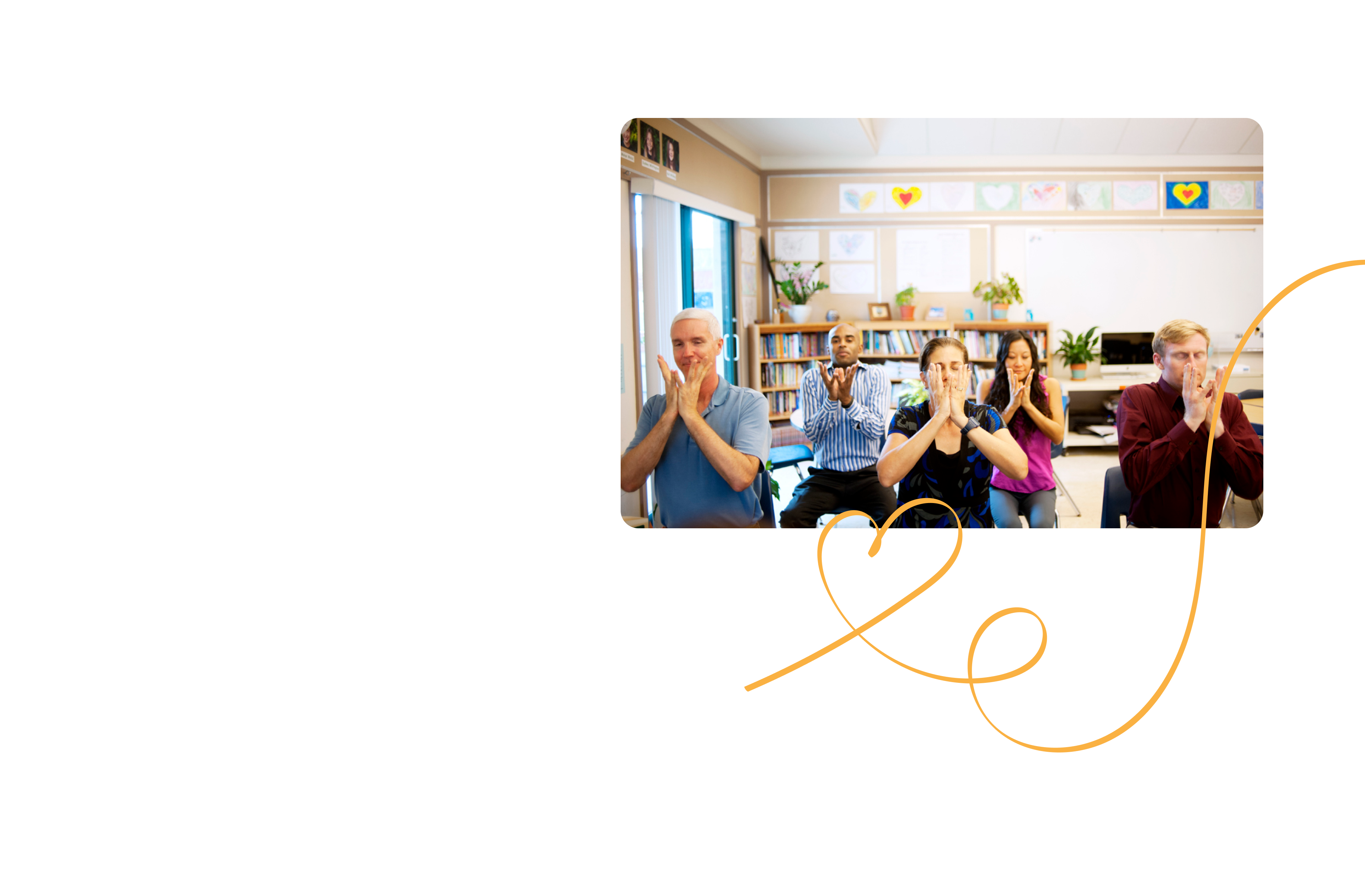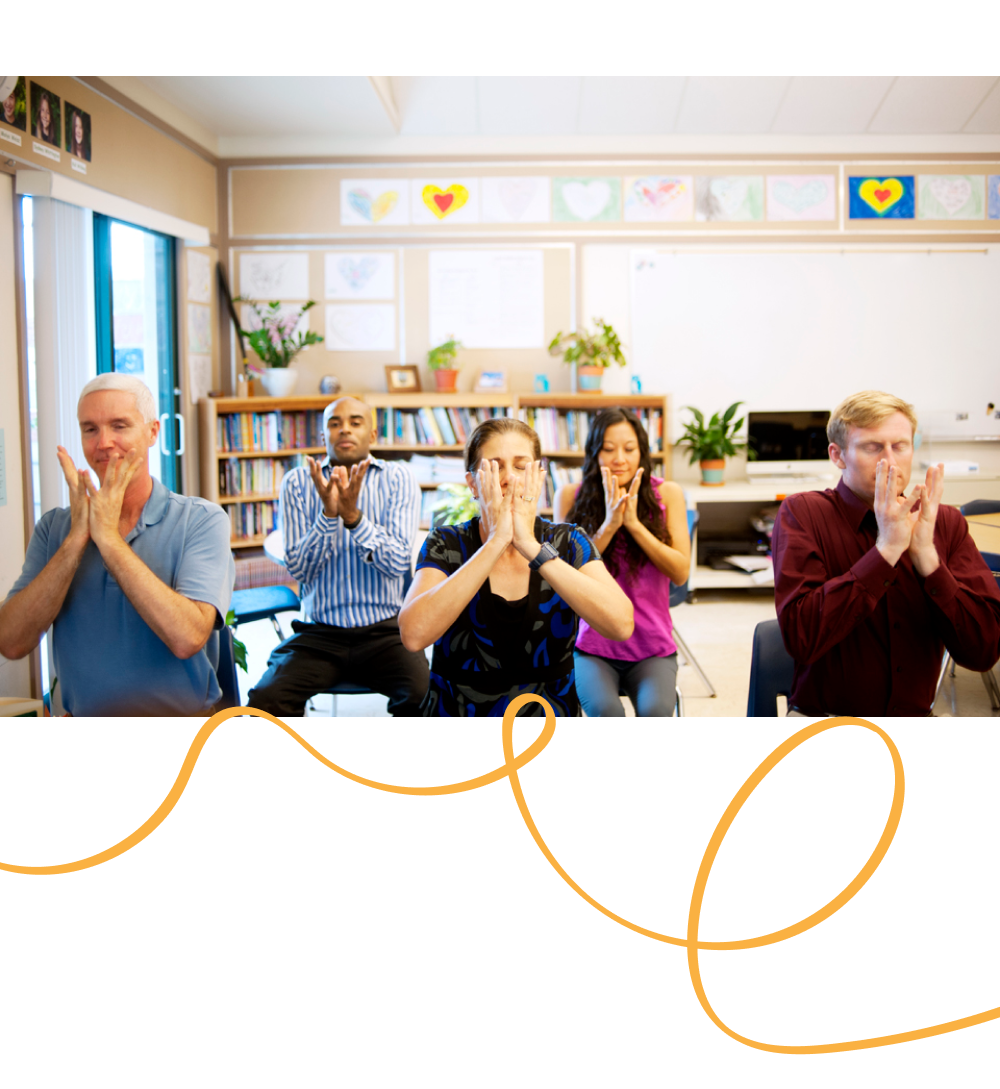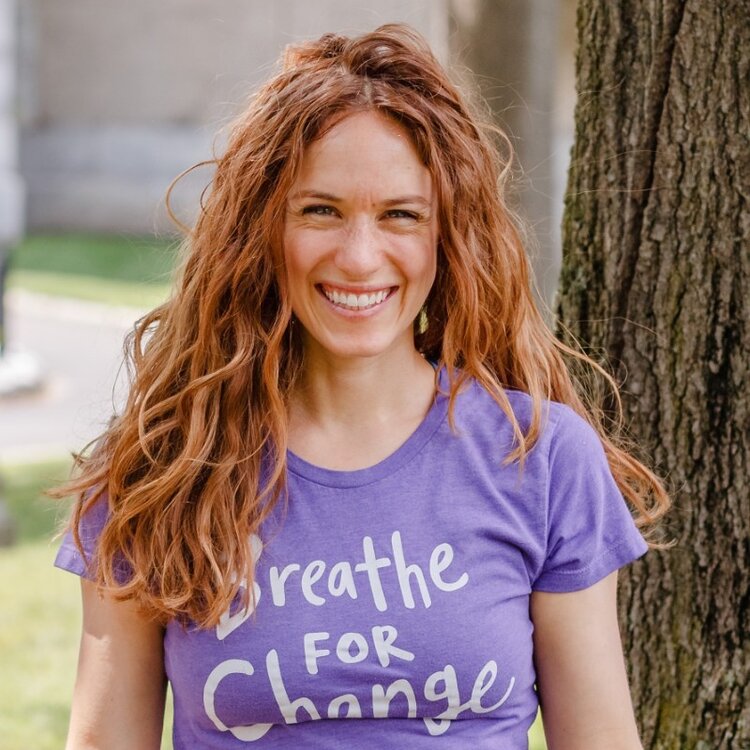Educators are tired, and not just in a way that sleep can fix.
If you’ve ever found yourself saying, “I’m exhausted, but I got eight hours last night,” you’re not alone. Many teachers are discovering that the usual ways of recharging just aren’t enough anymore. That’s because what we’re experiencing isn’t just physical tiredness. It’s deeper than that.If you’re here, chances are you’ve been carrying a lot lately. Lesson plans. To-do lists. Big feelings (yours and your students’). And maybe even a few things you haven’t even had time to name yet.
At TeacherCon 2024, hosted by Breathe For Change, Dr. Saundra Dalton-Smith shared a powerful and timely message about what’s truly draining educators today and what kind of rest can actually help. Her framework of the seven types of rest has changed the way thousands of educators think about burnout and healing.
“Rest is not a luxury. It’s a necessity — and it comes in seven essential forms.”
Why Traditional Rest Isn’t Working
Teachers today are facing more than just packed schedules. There’s emotional labor, sensory overload, decision fatigue, and the pressure of showing up with care, energy, and presence every single day.
That’s why telling educators to “just take a nap” or “rest over the weekend” often doesn’t work. What’s missing is the understanding that rest needs to match the kind of energy we’re losing.
“You don’t need more time off. You need the right kind of rest.”
This shift in thinking has helped so many teachers go from feeling stuck in survival mode to feeling more centered, clear, and connected again.
The 7 Types of Rest
There’s more than one way to be tired, and more than one way to heal. Here’s a breakdown of the seven types of rest Dr. Dalton-Smith teaches:
1. Physical Rest
This includes both passive forms like sleep and active forms like yoga or stretching. If your body feels achy or heavy, this might be what you need.
2. Mental Rest
If your brain feels foggy or overwhelmed, you may be mentally exhausted. You might find it hard to focus or remember simple things. Mental rest involves breaks from decision-making, white space in your day, and practices that give your mind a pause.
3. Sensory Rest
Teachers deal with lights, noise, screens, and constant stimulation. Sensory rest helps calm the nervous system and can include silence, closing your eyes for a few minutes, or being in a space with soft lighting.
4. Creative Rest
This kind of rest is all about reigniting inspiration. If you’re feeling uninspired or disconnected from your “why,” it may be time to take in beauty through art, music, nature, or simply moments of awe.
5. Emotional Rest
This is the space to be real. If you always have to keep it together or are often holding space for others, emotional rest gives you permission to express your truth and be vulnerable.
6. Social Rest
Social rest means being with people who don’t require anything from you. As teachers, we’re often “on” for others. Social rest happens when you feel fully accepted and safe to just be.
7. Spiritual Rest
Spiritual rest connects you to a deeper sense of meaning and belonging. It might come through faith, community, or purpose-driven work.
How to Know What Kind of Rest You Need
Ask yourself: What kind of tired am I right now?
Instead of saying, “I’m just tired,” try to notice whether it’s your body, mind, heart, or spirit that feels most depleted. This helps you focus on the kind of rest that will actually help you recover.
You don’t need to tackle all seven types at once. Choose one that resonates. Start small and build from there.
Simple Ways to Restore Your Energy
Here are a few practical strategies shared in Dr. Dalton-Smith’s keynote:
- Avoid multitasking. Try batching tasks like grading or lesson planning instead of jumping between to-dos.
- Set sensory cues. Use lighting or calming sounds to create a more peaceful space.
- Stick to simple routines. Limit decisions around meals or morning prep to avoid extra mental strain.
- Model vulnerability. Let students and colleagues see what emotional honesty looks like.
- Reclaim face-to-face moments. Spend five minutes in real conversation with a loved one. Eye contact matters.
- Be around energizing people. Prioritize relationships where you feel seen and supported.
“Don’t say you’re tired without identifying the type of rest you need.”
Rest is where your resilience begins
Exhaustion doesn’t always show up in big ways. Sometimes, it’s hidden in the quiet moments. When your patience runs thin, your creativity feels drained, or your joy starts to fade.
That’s why recognizing the kind of rest you need is so powerful. It gives you a place to start. A small, intentional shift that says: your needs matter, too.
You don’t have to fix everything at once.
Choose one area to restore. Let that be enough for today.
If you’re ready for deeper support, Breathe For Change also offers training and degree programs designed to nurture both personal wellness and professional impact.
You don’t have to do it alone. Join our community today.






